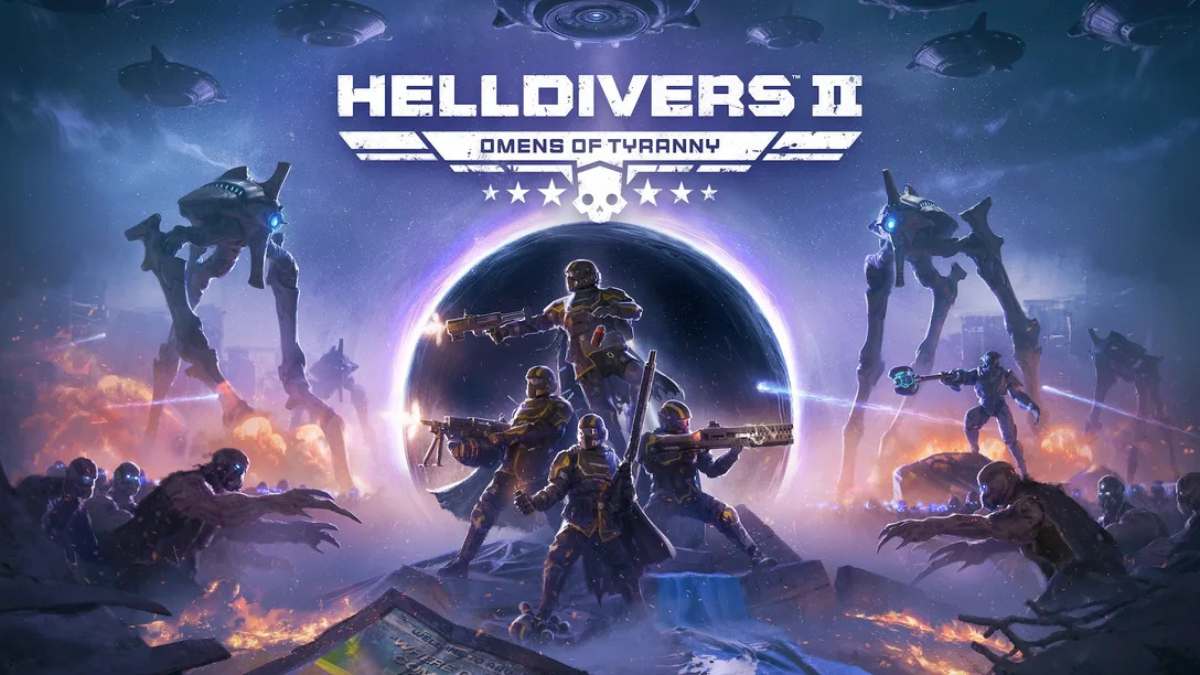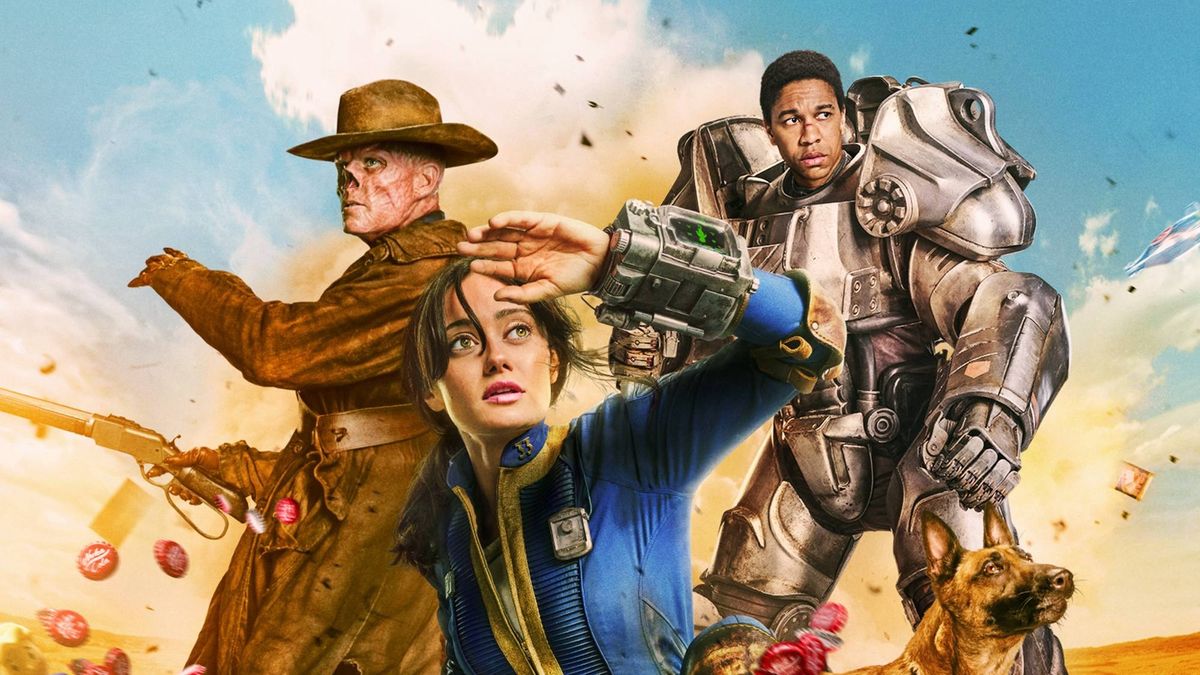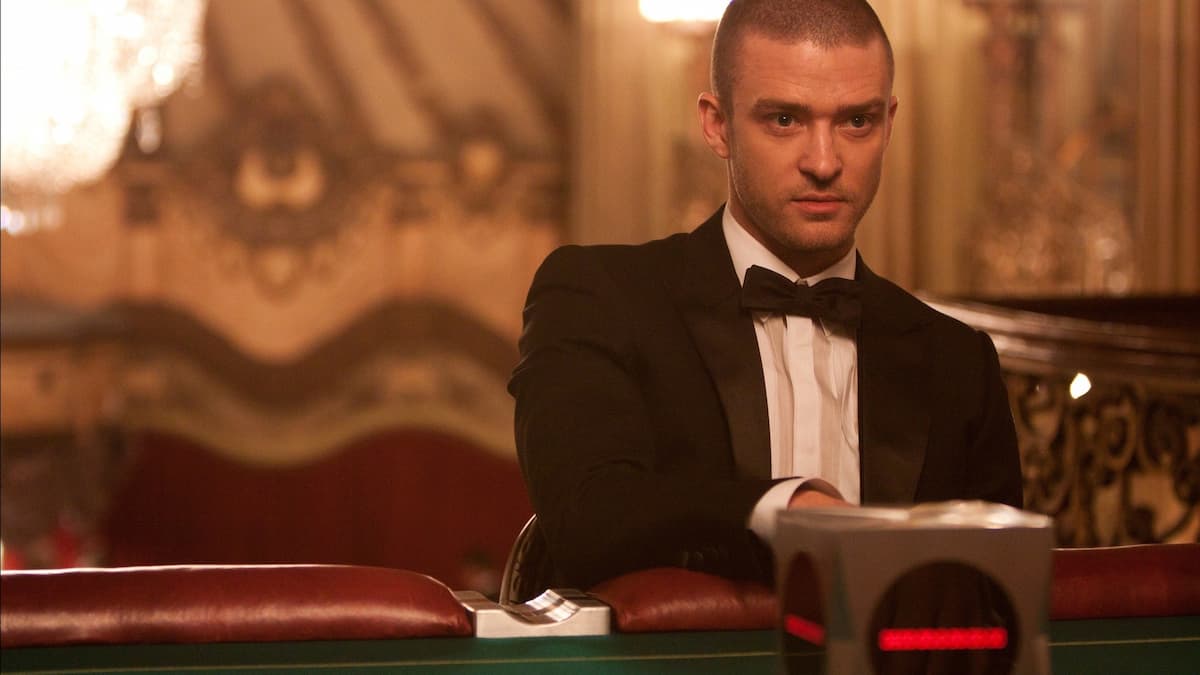Bungie bit off a little more than they could chew three years ago when they unleashed the first Destiny game into the world. It was a franchise-in-the-making that made so many promises, that when gamers finally got their hands on it, it was impossible to not be a little disappointed. But Bungie wasn’t done. The famed developer of Halo set out to right the Destiny ship one expansion at a time, and by year three and the release of Rise of Iron, the franchise was on solid ground, both critically and commercially. Now, Bungie has left the first epic part of the story of the Traveler and the Guardians in the past, and has forged ahead with a brand new tale with Destiny 2.
Destiny 2 is a true rebirth of the franchise. Taking a page out of Nintendo’s playbook with Metroid’s Samus Aran, Destiny 2 opens with the player being stripped of all powers and left for dead, and the first act of the campaign focuses on the guardian reconnecting to the Traveler’s light and getting some of those skills back. There are new planets to explore, and a new enemy: a rogue group of Cabal known as the Red Legion, and their menacing Vader-like leader, Dominus Ghaul. Bungie took the time here to craft a wonderful story of loss and redemption, one that even gets a little emotional towards the end.
Through the course of the 10-12 hour campaign, the player will rebound from the brink of permanent death to not only rebuild themselves, but to also find and restore a legendary Fireteam from Destiny’s greater lore, in order to take the fight to Ghaul and his Red Legion. Players will no longer feel isolation while pushing through tired story mission after story mission, as each “adventure” contributes to the greater campaign in ways the first Destiny could never accomplish. New quest givers and core characters, like Devrim Kay, Fail Safe, and Hawthorne, join returning favorites to help flesh out the world, and help make Bungie’s universe feel larger.
In fact, everything feels so much more connected in Destiny 2. There is a sense of greater purpose, and dedicated cinematic cut scenes and more forced interaction with quest givers help execute that purpose. In the first game, so much of the story was told to the player by the ghost, or by going online and reading collected codices from Bungie’s website. In Destiny 2, the story is shown to the player, and each epic moment carries weight of both the past and future. It’s stunning what Bungie has done with the campaign here, and by the time the closing credits rolled, I felt like I had truly accomplished something. Coming off a disjointed, almost nonsensical story in the first game, the narrative in Destiny 2 sets the franchise on a brand new path, and invites players to come along for the fun, both here and in future expansions.
In addition to the solid story campaign in Destiny 2, competitive multiplayer returns with the Crucible, which features new maps and two new game modes. Guardians can also choose between competitive matches, with higher stakes, and casual, which is focused more on having fun. The new maps have plenty of sight lines and pathways that drive the competition toward each other and keep matches fast paced and frantic — in a good way. There are gamers who will spend the majority of their Destiny 2 experience playing in the Crucible, and Bungie has done enough to make it as accommodating as possible. But for those Guardians who want a little more, Destiny 2’s post-campaign offerings present a buffet of modes and events that will update weekly, keeping the content fresh.
Weekly Nightfall strikes and new events, called Flashpoints, reward players with higher Light Level gear. In addition, there are also new, constantly updated challenges that offer rewards to players who complete the requisites. Adventures and Lost Sectors make patrolling planets enjoyable, as they give players purpose, and of course, Public Events occur every few minutes all over each planet. I’ve spent entire gaming sessions just patrolling planets looking for Lost Sectors and participating in Public Events, both of which offer some great loot.

The content refreshes weekly on Tuesdays, which gives players enough time to complete them all before they reset. Xur is also set to return for weekend events, rewarding Guardians with exotic loot. At the time of writing, there is on raid available, which will challenge players to work together in Fireteams in order to succeed. Raids are the end game’s most important feature, and clearing them takes skill and teamwork to earn some of the best loot that the game has to offer.
Character customization also receives an overhaul. More than just swapping out new gear when found, players can now self-mod weapons and armor with consumable upgrades. This time around, shaders are consumable, though they are found more frequently. After a week of playing, I amassed 30 different shaders, which allows me to keep tinkering with my Guardian’s color schemes (with matching ship and Sparrow). This level of customization makes me feel like I have way more say in how I am presented to the Destiny 2 community in-game, and I’ve already seen some very creative players out in the world, so I’m definitely not alone.
On the technical side, Bungie has completely outdone themselves visually and aurally. New planets, like Titan and Nessus, offer much needed variation in the environments. Titan is essentially a “water planet”, where the action takes place on various connected platforms above the moon’s liquid surface. Nessus is covered in very bright flora, which contrasts nicely with the bleached out structures that pepper the landscape. The graphic artists at Bungie have made these worlds come alive with eye-popping clarity. Near the end of the campaign, the player will run an assault on a massive ship nestled close to the sun. Without a doubt, the visuals here were some of the best I have ever seen in a video game and I’d often stop and just take in the glorious sights of light and color.

Music has always been an important part of the Destiny franchise, and the sequel continues that tradition. The score is sweeping and epic, and the player gets a hint of the gravity of any situation when the music begins to ramp up and the vocals kick in. Even in the chaos of the campaign’s final battle, I could still hear and appreciate the accompanying music as I was running and gunning for my life. The voice acting is also very well done, with Nathan Fillion, Lance Reddick, and Gina Torres returning to their roles as the Guardian advisers. Throughout the course of the story, these three are torn asunder, and their bigger roles in the narrative give each actor plenty of shining moments.
Destiny 2 accomplishes exactly what it set out to do. Bungie has seemingly fixed most of the issues that plagued the first release, and the lessons learned in each subsequent expansion have come to fruition here. This is the game that players have wanted ever since Bungie announced their new IP. With an epic and emotional story, stunning visuals, and plenty of (available and planned) post-game content, Destiny 2 has remade itself into the must-play shooter of the year, and gamers who might have been turned off three years ago definitely need to come back and check out what has become of this franchise. You won’t be disappointed.
This review is based on the PlayStation 4 version of the game, which was provided by Activision


























Published: Sep 13, 2017 09:00 am